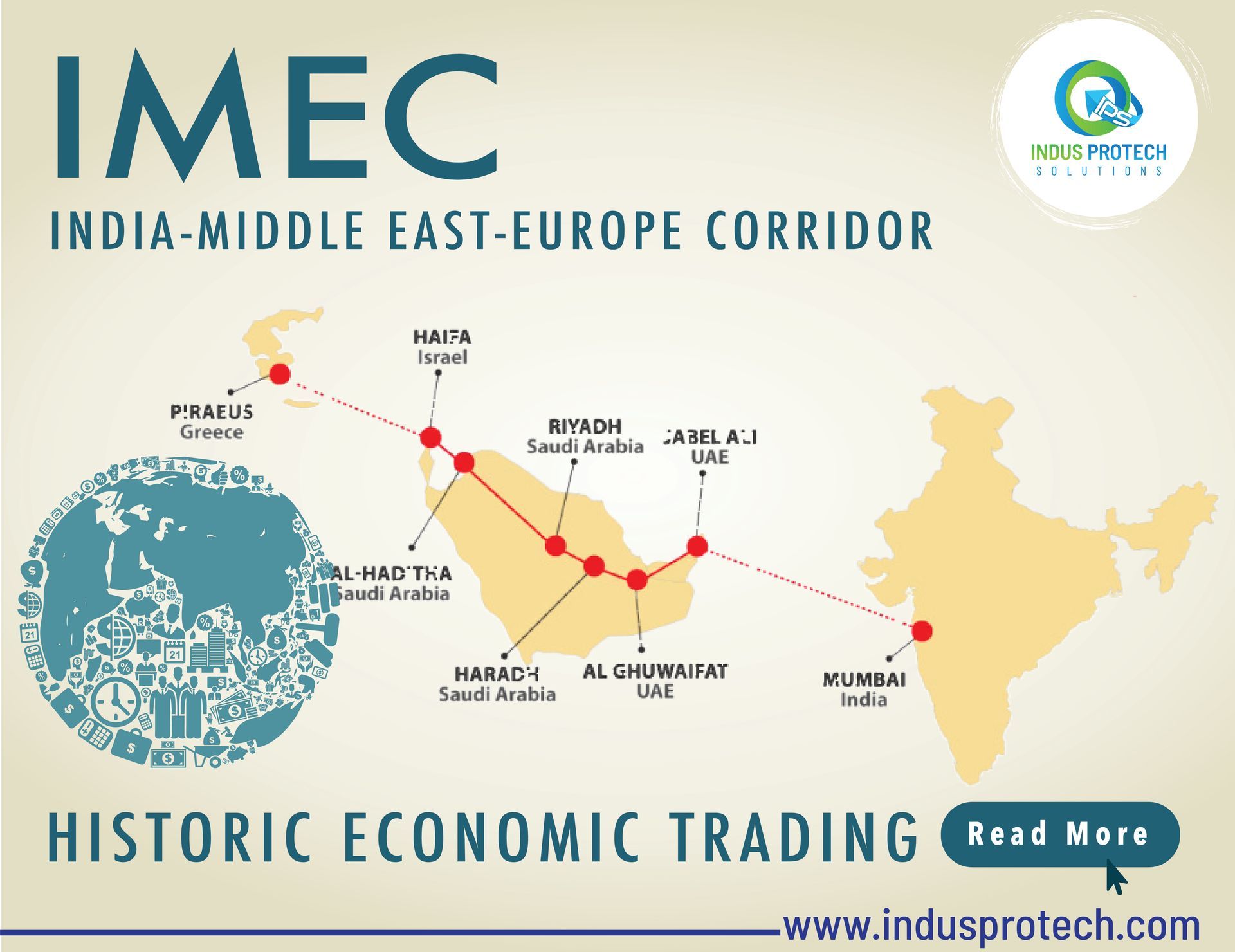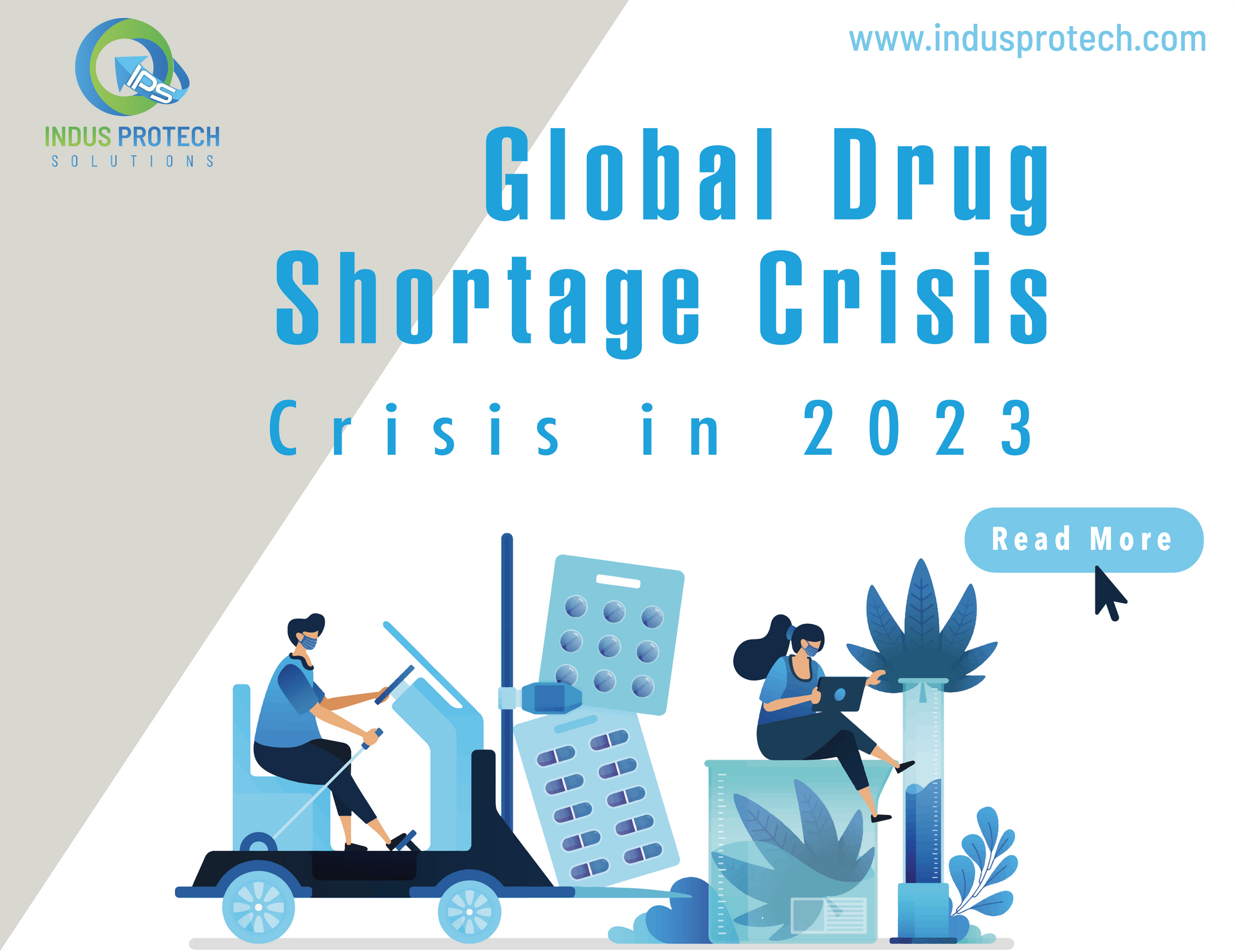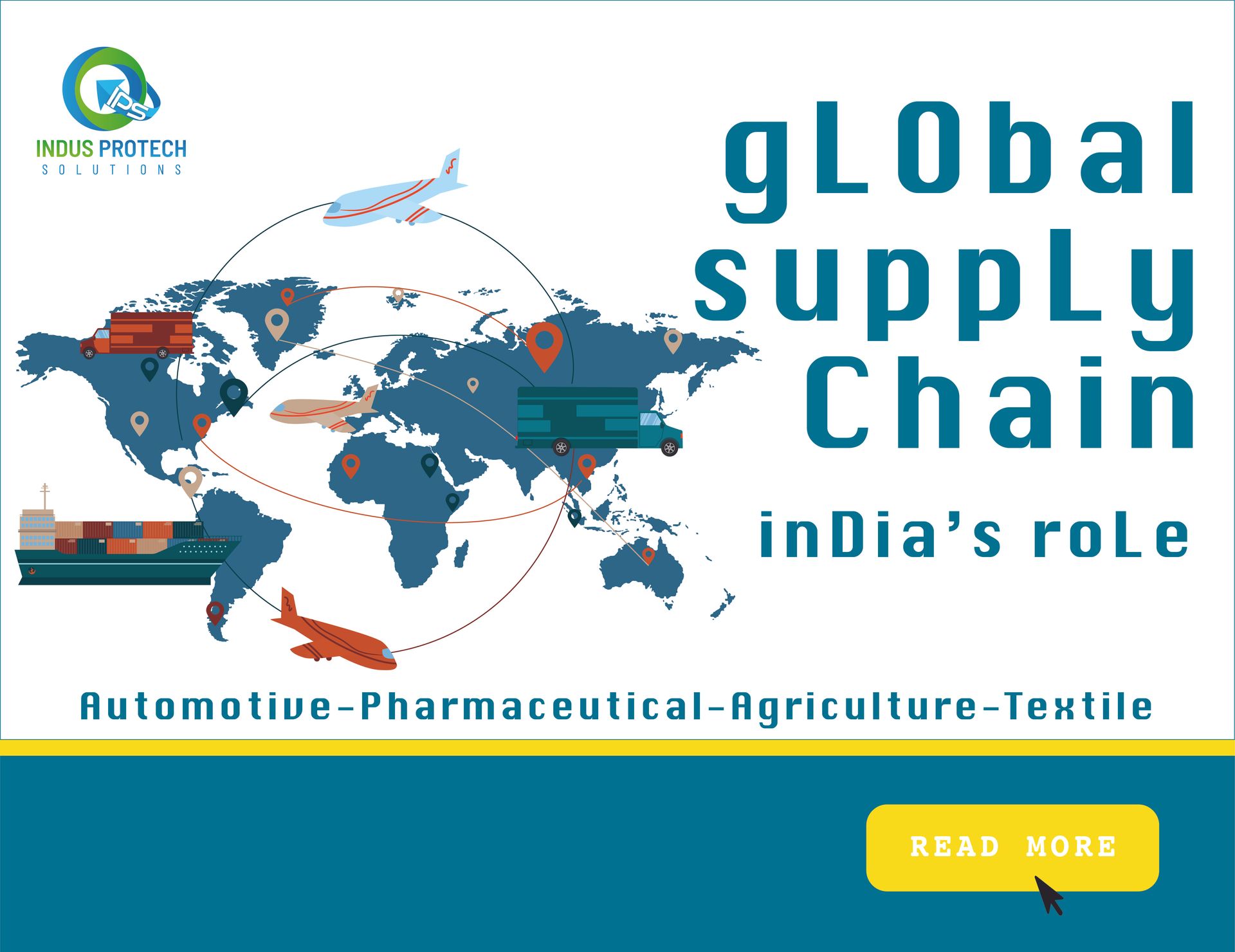For Enqiury Please E-Mail to info@indusprotech.com. Reach us at +91 44-22 511 522
For Enqiury Please E-Mail to info@indusprotech.com Reach us at +91 9360558441
Government Procurement Reforms
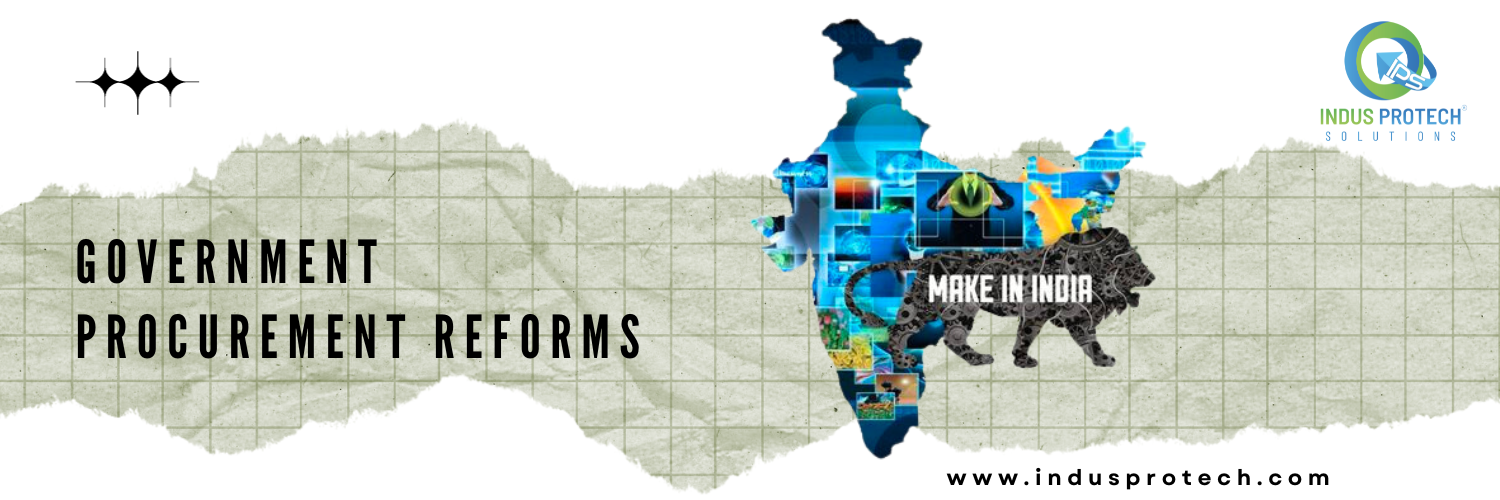
Government of India has undertaken various steps to promote manufacturing sector and to boost domestic and foreign investments in India. Keeping in view India’s vision of becoming ‘Atmanirbhar’ and to enhance India’s Manufacturing capabilities and Exports, an outlay of INR 1.97 lakh crore (over US$ 26 billion) has been announced in Union Budget 2021-22 for PLI schemes for 14 key sectors of manufacturing, starting from fiscal year (FY) 2021-22.
The reforms taken by Government have resulted in increased Foreign Direct Investment (FDI) inflows in the country. FDI inflows in India stood at US $ 45.15 billion in 2014-2015 and have continuously increased since then, and India registered its highest ever annual FDI inflow of US$ 84.84 billion (provisional figures) in the financial year 2021-22.
As per Economic Survey 2021-22, inspite of Covid related disruptions there is trend of positive overall growth of Gross Value Addition (GVA) in manufacturing sector. The total employment in this sector has increased from 57 million in the year 2017-18 to 62.4 million in the year 2019-20.
Details of some of the major initiatives /schemes are as follows:
1. Make in India initiative
‘Make in India’ is an initiative which was launched on 25 September 2014 to facilitate investment, foster innovation, build best-in-class infrastructure and make India a hub for manufacturing, design and innovation. It was one of the unique single, vocals for local initiative that promoted India’s manufacturing domain to the world. The ‘Make in India’ initiative is not the state/district/city/area-specific initiative, rather it is being implemented all over the country.
2. Industrial Corridor Development Programme
In order to accelerate growth in manufacturing, Government of India (GoI) has adopted the strategy of developing Industrial Corridors in partnership with State Governments. The objective of this programme is to develop Greenfield Industrial regions/areas/nodes with sustainable infrastructure & make available Plug and Play Infrastructure at the plot level. As part of National Industrial Corridor Program, 11 Industrial Corridors are being developed in 4 phases.
3. Ease of Doing Business
The objective is to improve Ease of Doing Business and Ease of Living by Simplifying, Rationalizing, Digitizing and Decriminalizing Government to Business and Citizen Interfaces across Ministries/States/UTs. The key focus areas of the initiative are simplification of procedures, rationalization of legal provisions, digitization of government processes, and decriminalization of minor, technical or procedural defaults.

4. National Single Window System:
The setting up of National Single Window System (NSWS) was announced in the Budget 2020-21 with the objective to provide “end to end” facilitation and support to investors, including pre-investment advisory, provide information related to land banks and facilitate clearances at Centre and State level. Envisioned as a one-stop shop for investor related approvals and services in the country, the National Single Window System (NSWS) was soft-launched on 22nd September, 2021 by Hon’ble Commerce & Industry Minister. Large number of States/UTs Single Window Systems have been linked with the NSWS Portal thereby providing access to approvals of these States/UTs to be applied through NSWS.
5. PM Gati Shakti National Master Plan (NMP)
PM Gati Shakti National Master Plan (NMP), a GIS based platform with portals of various Ministries/Departments of Government, was launched in October, 2021. It is a transformative approach to facilitate data-based decisions related to integrated planning of multimodal infrastructure, thereby reducing logistics cost. Empowered Group of Secretaries (EGoS) and Network Planning Group (NPG) have been created as institutional arrangement. About 2000 data layers of various Central Ministries/Departments/State Governments have so far been uploaded on the NMP.
For enhanced capital expenditure by states for infrastructure development, the Ministry of Finance, Department of Expenditure through the “Scheme for Special Assistance to States for Capital Investment for 2022-23” on 6th April 2022 has made a additional provision of Rs. 1,00,000 crore for disbursement among the states as long term loans at a zero interest rate. Out of this, under Part II of the scheme Rs 5,000 crore are specifically provided for PM GatiShakti related expenditure.
6. National Logistics Policy
National Logistics Policy (NLP) was launched on 17th September 2022, that aims to lower the cost of logistics and lead it to par with other developed countries. It is a comprehensive effort to address cost inefficiency by laying down an overarching interdisciplinary, cross-sectoral, and multi-jurisdictional framework for developing entire logistics ecosystem. This would boost economic growth, provide employment opportunities, and make Indian products more competitive in the global market.
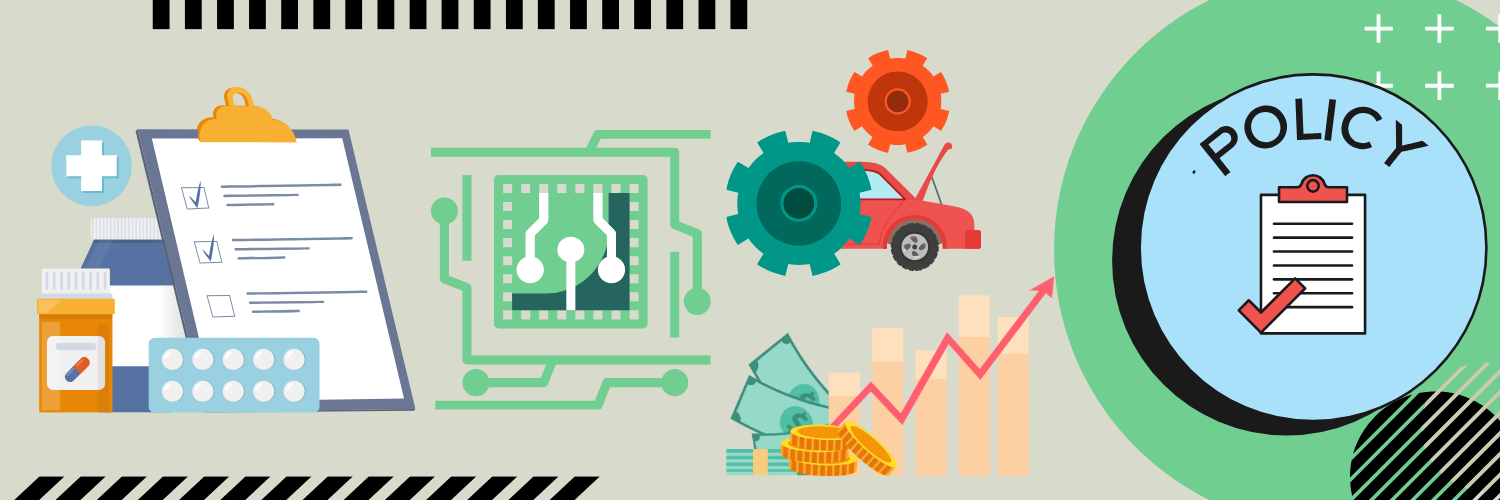
7. Production Linked Incentive scheme
Keeping in view India’s vision of becoming ‘Atmanirbhar’, Production Linked Incentive (PLI) Schemes for 14 key sectors have been announced with an outlay of Rs. 1.97 lakh crore to enhance India’s Manufacturing capabilities and Exports. These schemes have the potential for the creation of high production, economic growth, exports and significant employment over the next five years and more.
8. Schemes to encourage domestic manufacturing of pharmaceutical drugs including bulk drugs and medical devices
- The Scheme for Promotion of Bulk Drug Parks, with a financial outlay of Rs. 3,000 crores and the tenure from FY 2020-2021 to FY 2024-25, provides for financial assistance to three States for establishing Bulk Drug Parks.
- The scheme of Strengthening of Pharmaceutical Industry (SPI), was launched with a financial outlay of Rs. 500 crores and the tenure from FY 2021-2022 to FY 2025-26, to provide infrastructure support for pharma MSMEs in clusters and to address the issues of technology upgradation of individual pharma MSMEs.
- Under the scheme “Promotion of Medical Devices Parks”, final approval for financial assistance of Rs. 100 crore each, has been given to the States of Uttar Pradesh, Tamil Nadu, Madhya Pradesh and Himachal Pradesh for the establishment of common facilities in their Medical Device Parks.
9. Modified Programme for Semiconductors and Display Manufacturing Ecosystem
In furtherance of the vision of Aatmanirbhar Bharat and positioning India as the global hub for Electronics System Design and Manufacturing, a comprehensive program for the development of semiconductors and display manufacturing ecosystem in India was approved by the Government of India with an outlay of 76,000 crore (>10 billion USD). The Programme contained various schemes to attract investments in the field of semiconductors and display manufacturing.
10. FAME-India Scheme (Faster Adoption and Manufacturing of (Hybrid &) Electric Vehicles)
In order to promote manufacturing of electric and hybrid vehicle technology and to ensure sustainable growth of the same, FAME-India Scheme- Phase-I [Faster Adoption and Manufacturing of (Hybrid &) Electric Vehicles in India] was implemented from 1st April 2015 for a period of two years which was subsequently extended upto 31st March, 2019. Total outlay of Phase-I of the FAME-India Scheme has been enhanced from Rs. 795 Crore to Rs. 895 Crore.
The activities under the Make in India initiative are also being undertaken by several Central Government Ministries/ Departments and various State Governments. Ministries formulate action plans, programmes, schemes and policies for the sectors being dealt by them, while States also have their own Schemes for attracting investments.
Refeference: https://pib.gov.in/PressReleaseIframePage.aspx?PRID=1882145

E-Subscribe to Newsletter content
We will get back to you as soon as possible.
Please try again later.


